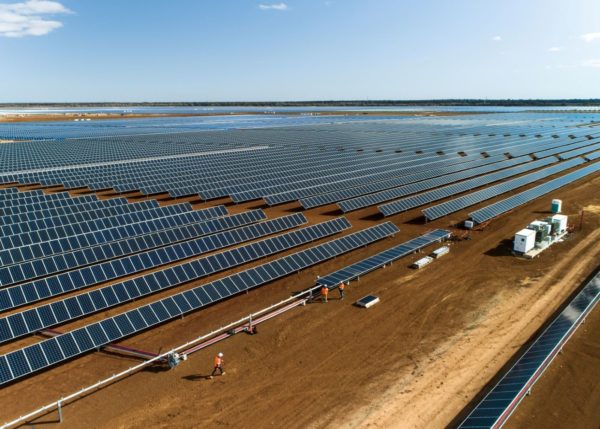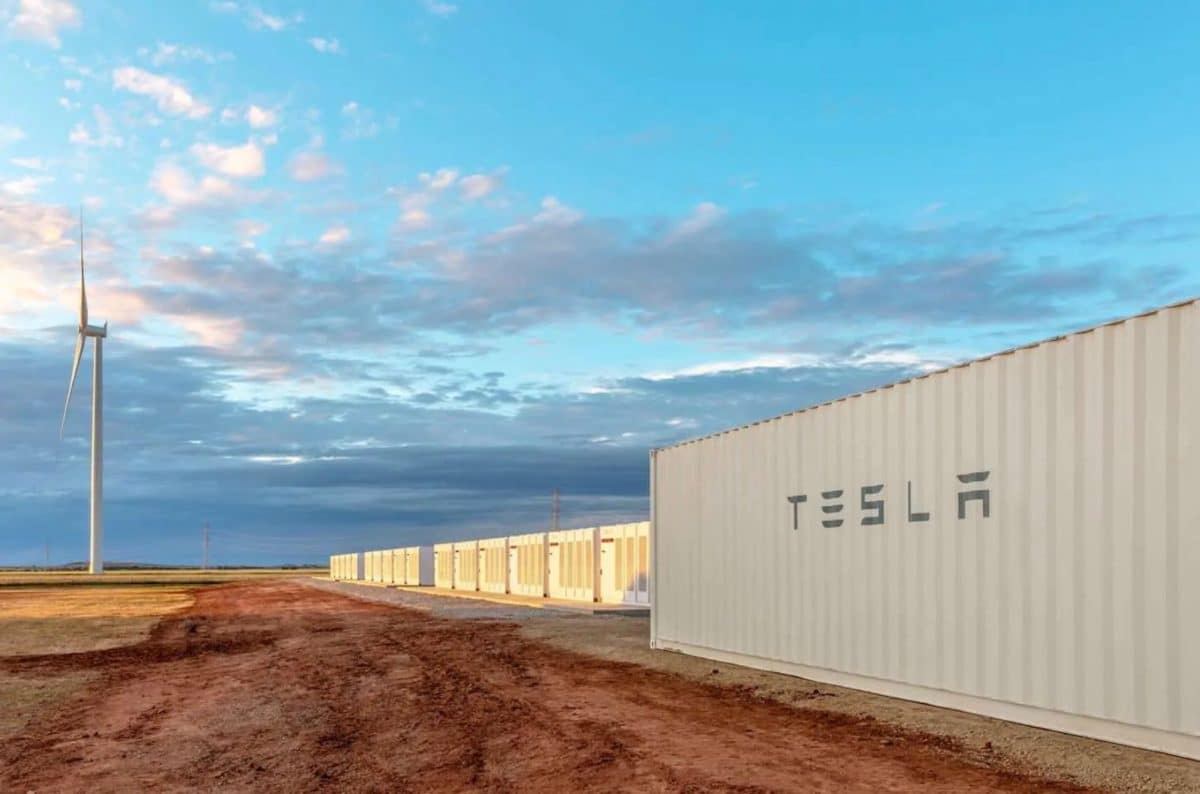Renewable energy giant Neoen has highlighted the performance of its Australian storage portfolio, including the recently expanded 150 MW Hornsdale Big Battery in South Australia, as the major factor behind a 16% decrease in consolidated revenue for the first quarter of 2021 compared to the same period last year.
Neoen has revealed that revenue dropped from $148.5 million (€95.8 million) in the first quarter of 2020 to less than $125 million (€80.2 million) for the same period this year. Storage revenue accounted for 7% of consolidated revenue in Q1 2021, compared to 23% in of 2020, dropping from $33.49 million (€21.6 million) to $8.22 million (€5.3 million).
Neoen chairman and CEO Xavier Barbaro said the main reason for the decline was the high base of comparison in the first quarter of 2020 when performance was boosted by the exceptionally strong level of revenue recorded by the Hornsdale Big Battery after a storm triggered the shutdown of the main South Australian - Victoria interconnector.
Barbaro said storage revenue was also depressed in the first quarter of 2021 by the less favourable market conditions for network services (FCAS) in Australia, as weaker demand for electricity during the period placed reduced strain on the grid.
“As expected, our first quarter revenue declined given the exceptionally strong level of revenue recorded by our storage activity in Australia during the first quarter of 2020,” Barbaro said.
While storage revenue was down for the first quarter, solar assets continued to perform well with revenue at 47% in the first quarter of 2021, versus 40% in the first quarter of 2020.
Wind contributed 46% of Neoen’s consolidated first-quarter 2021 revenue, compared to 37% in the first quarter of 2020, powered in part by the contribution of new capacity including early-generation revenue from the 194 MW Bulgana wind farm in Victoria.

Neoen/Coles
The Bulgana wind farm, which includes 20 MW / 34 MWh of battery storage, began injecting electricity into the grid from the end of the first half of 2020, and continued to operate at a limited capacity in the first quarter of 2021.
Despite the decline in storage revenue, Neoen remains bullish about its Australian storage assets with construction having commenced on the 300 MW / 450 MWh Victoria Big Battery storage facility near Geelong in Victoria while planning documents have also been filed for a 500 MW / 1000 MWh big battery to be built west of Sydney.
The Victoria Big Battery, funded in part by a senior debt facility provided by the Clean Energy Finance Corporation (CEFC), shapes as one of the world’s largest battery storage projects and is on track to be operational before the next Australian summer
“We are thrilled to be building our second big battery in Australia,” Barbaro said.
“At 300 MW, it will be one of the largest batteries in the world, taking our total capacity in operation or under construction in Australia to over 1.8 GW, and bringing us one step closer to our global target of 5 GW by the end of 2021.”
Neoen’s capacity in operation or under construction totalled 4,145 MW at March 31 while the secured portfolio stood at more than 5.2 GW. The company is targeting a global portfolio of more than 10 GW of capacity in operation or under construction by year-end 2025 and Australia features prominently in those expansion plans.
The company has already received planning approval for the proposed Goyder South Hybrid Renewable Energy project in South Australia which is set to deliver 1200 MW of wind, 600 MW of solar, and 900 MW/1,800 MWh of battery storage.
Neoen has also reached financial close on the 460 MW Western Downs Green Power Hub in Queensland and has secured a contract to sell the majority of the future plant’s energy to Queensland Government-owned renewable energy generator CleanCo.
This content is protected by copyright and may not be reused. If you want to cooperate with us and would like to reuse some of our content, please contact: editors@pv-magazine.com.









By submitting this form you agree to pv magazine using your data for the purposes of publishing your comment.
Your personal data will only be disclosed or otherwise transmitted to third parties for the purposes of spam filtering or if this is necessary for technical maintenance of the website. Any other transfer to third parties will not take place unless this is justified on the basis of applicable data protection regulations or if pv magazine is legally obliged to do so.
You may revoke this consent at any time with effect for the future, in which case your personal data will be deleted immediately. Otherwise, your data will be deleted if pv magazine has processed your request or the purpose of data storage is fulfilled.
Further information on data privacy can be found in our Data Protection Policy.